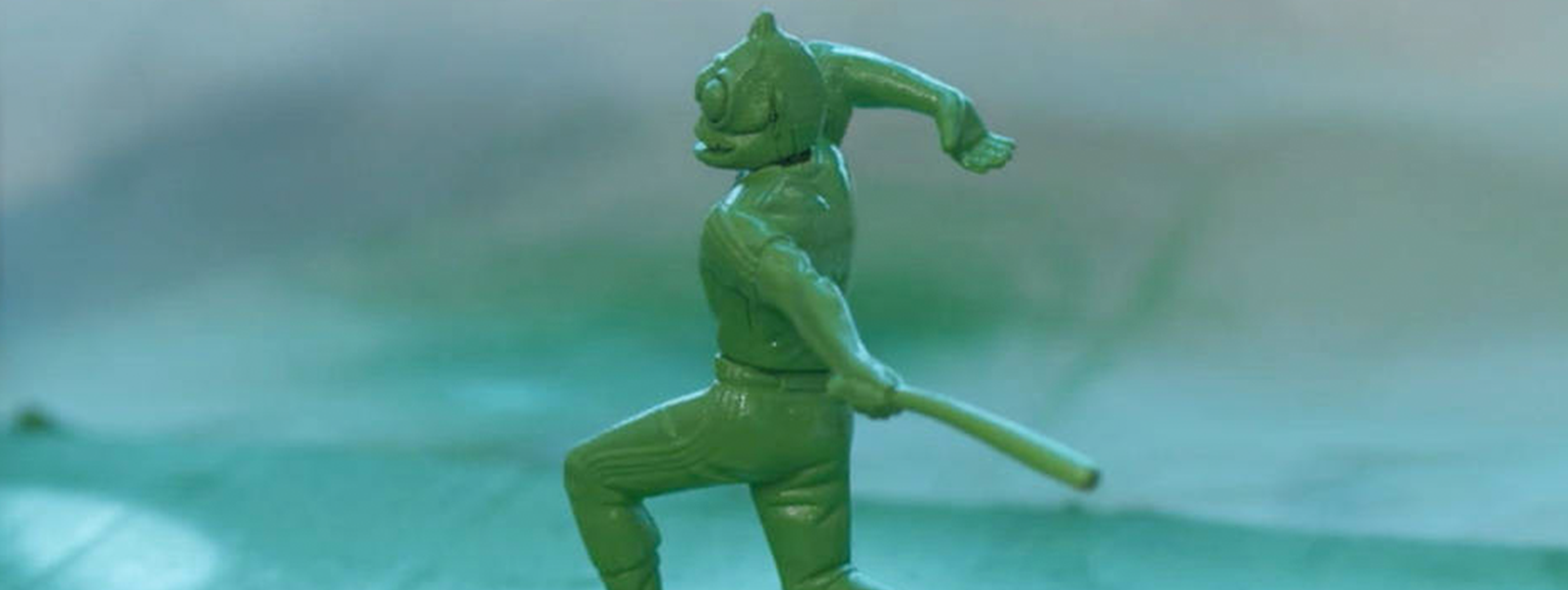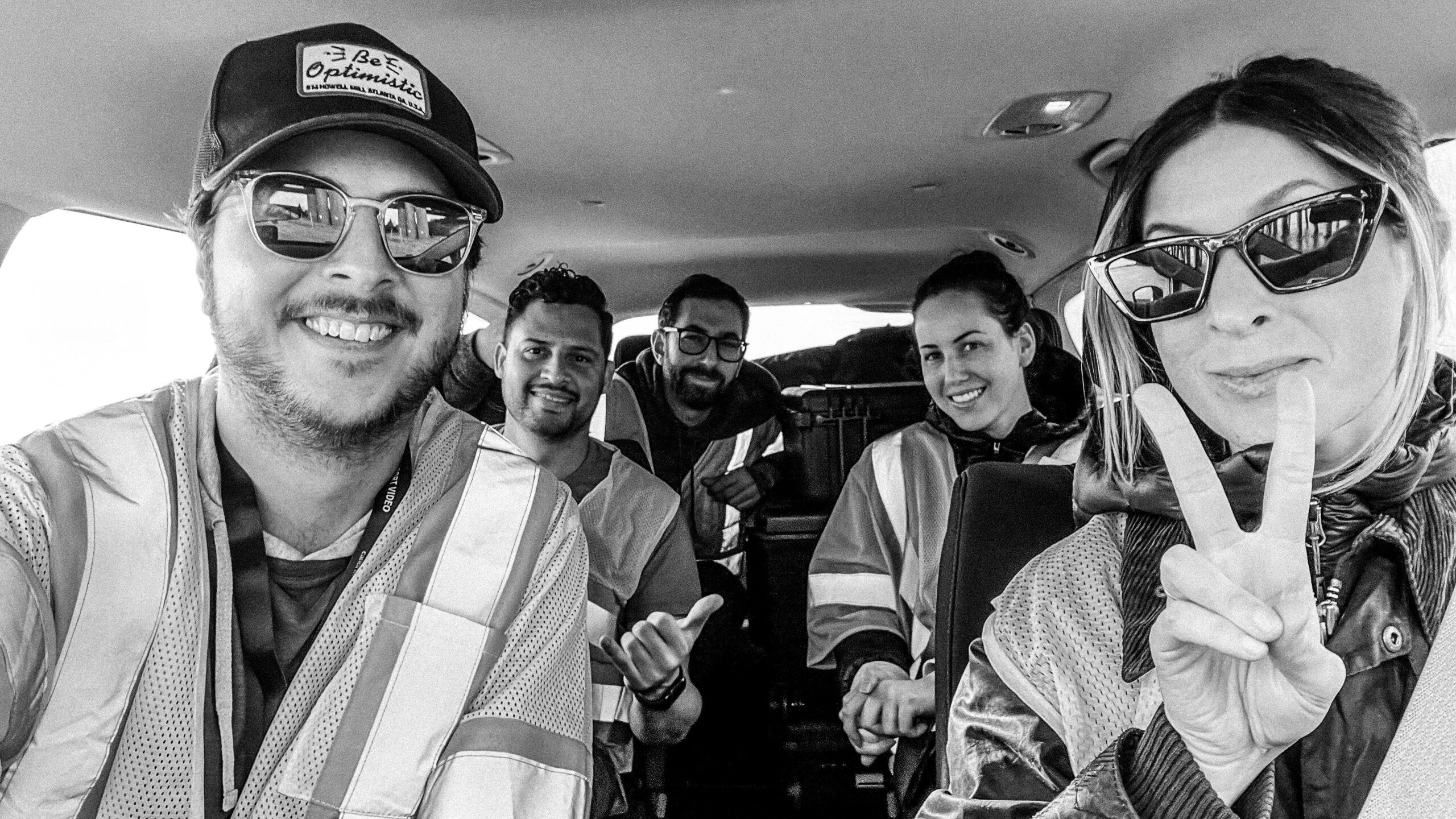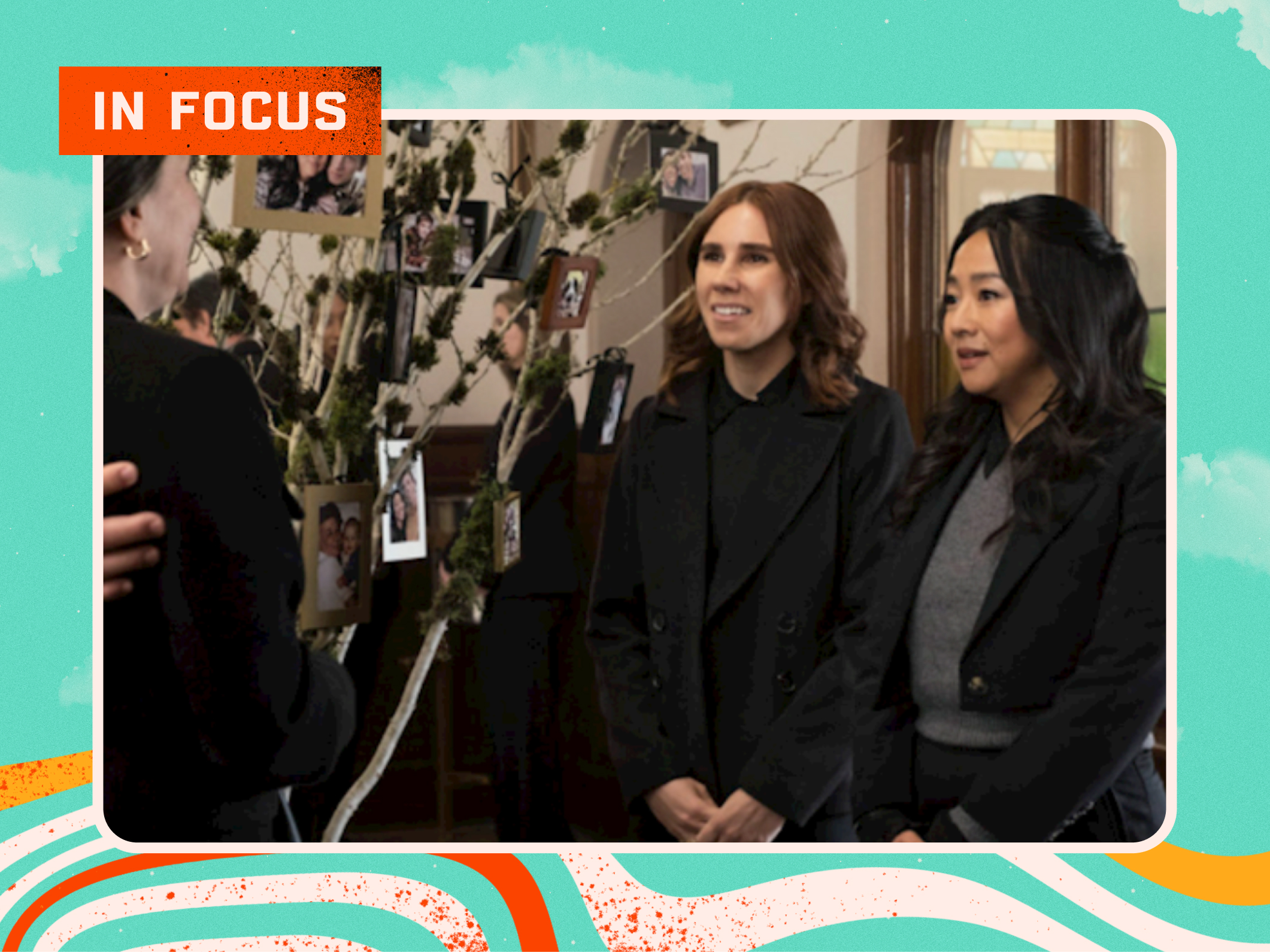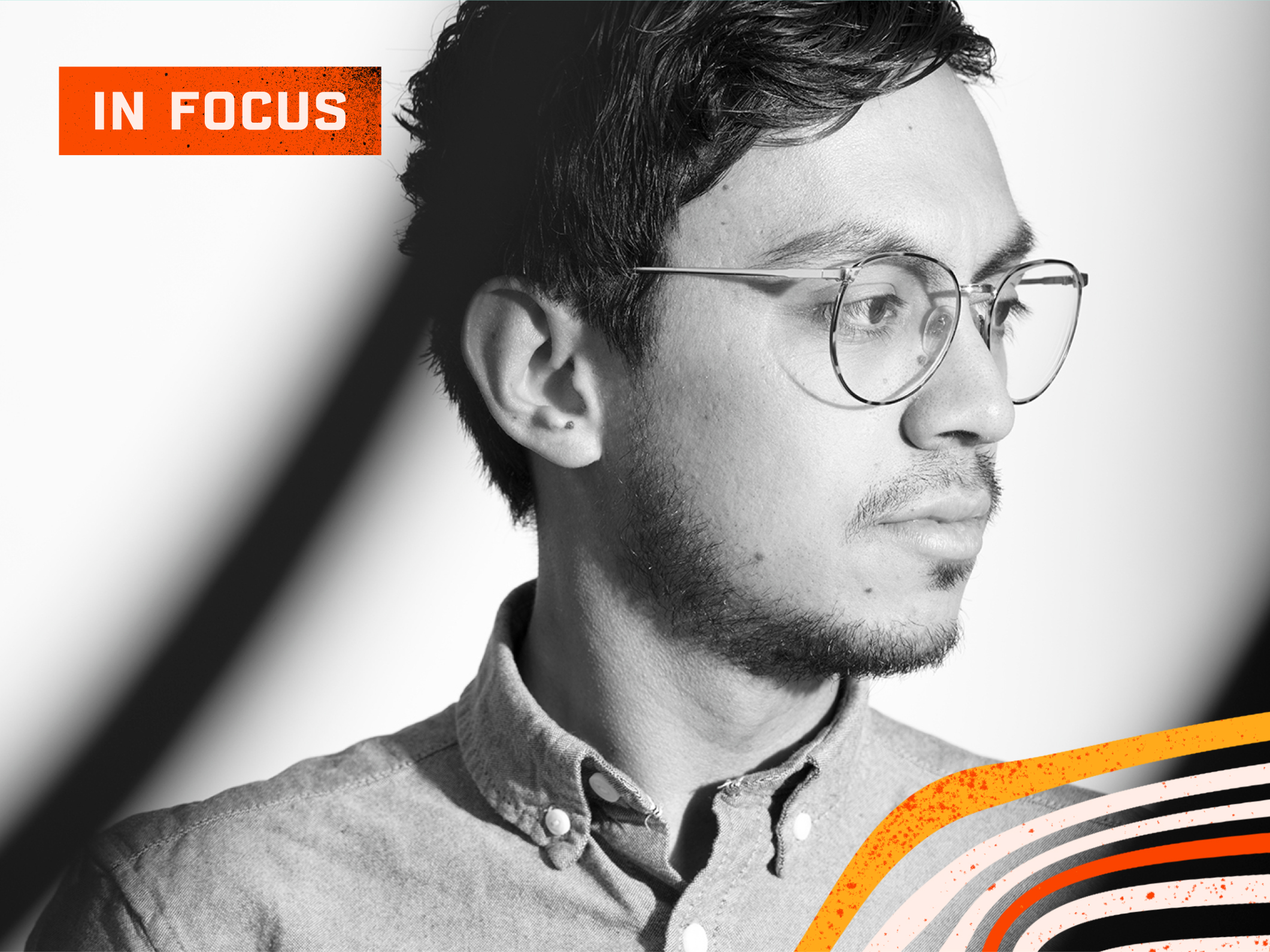I’ve been doing this for nearly 12 years. “This” being defined as running a small company and constantly trying to best define what it is that we “do.” It’s an endless, vicious cycle.
It started off as a simple proposition: create a production company that represents a roster of directors for music video and commercial production. At the time, that was the only way a company like Ghost Robot could exist. And it worked—the core of that business model is still the defining structural element of our company.
But since then, we’ve seen a relatively stable, familiar landscape erupt, crumble, and continually re-invent itself, largely because the emergence of digital media has created the need to be more efficient, more flexible, and more resourceful. More media doesn’t translate into more time or money.
We were early adopters of an integrated production model, folding post-production offerings in with our commercial production services. At first, because we knew it was more efficient and creatively satisfying (we began our careers making films and music videos and always edited our own work), and later, because it was expected.
Next, we began taking on more and more creative responsibility. Opportunities where we could help shape the creative began to find us. Our nimble nature allowed us to mold things in ways that are both achievable and indicative of the type of content we would like to see. We could crack creative and logistical puzzles because we knew what we needed in order to make things happen.
What emerged was a business model that allowed us to integrate with any kind of client or agency partner and provide a wide range of services in addition to our core competency of making imaginative film. We can effectively say “we do it all.” And we do—we even turned it into a joke. We boast that we specialize in “Commercials, Music Videos, Branded Content, Immersive Media, Feature Films, and Telepathy.”
But doing it all isn’t exactly unique anymore. Agencies now have production companies and post-production studios in-house, production companies now do creative, we’re all competing with digital media companies—
everyone needs to find ways to do it all. Plus, “doing it all” isn’t always the easiest thing to sell. If we’re all vying to do the same thing, then what distinguishes one company from the next?
Over the past few years, we have taken a journey at Ghost Robot to answer this for ourselves; to find the easiest way to inform our clients and collaborators and make our brand story truly reflect who we are as a company. In short, it’s not really about services anymore. It’s about being more than just a vendor. It’s about creative and culture and community.
A creative company has momentum and drive to create that exists regardless of what’s currently in their pipeline. A creative company has a culture of exploration and inquisition. A creative company is community of people who share similar beliefs and support each other artistically, professionally, and sometimes emotionally. A creative company is a place where things are happening that anyone can be a part of.
We’ve tried to make this our benchmark for success at Ghost Robot and it’s led to amazing opportunities and a diverse body of work. The more we explore our own creative passions, the more we see that being reflected in the work we do for clients. It’s not uncommon for a short film that we funded ourselves or a low-budget music video we made to turn into inspiration for a successful brand campaign. We experimented with graphic novels, a pop-up shop and event series, newsprint zines, and augmented reality. Each of these ventures turned directly into a similar activation for a brand.
At any given time, we’re already in the process of collaborating, brainstorming, seeking out new inspiration, and motivating each other. Often times in conjunction with other creative collaborators—musicians, artists, comedians, actors, and technologists. We’ve started to think of our brand as more of a magazine or newspaper. We’re constantly curating and editing, digging for new stories, and shaping the narrative of who we are and what we do. And we offer our clients the opportunity to seamlessly plug into this web of culture and conversation and let the natural momentum of Ghost Robot help connect dots in ways that aren’t completely obvious.
To stay honest, we ask ourselves, how does this business opportunity fit in with our story? How does this job support our community, culture, and creative aspirations? What would we be doing if we didn’t have a client paying us to create? Most of the time, it’s not that different than what we find ourselves doing on any given day.
If we can attract clients that are excited about our brand and inspired by our culture, our creative momentum, and our community, and are willing to take a ride with us, then we know we will be successful. It means we’re doing something that’s unique. It means we’re truly a creative company.
Mark De Pace is an executive producer and partner at Ghost Robot. Born and raised in the Mid-Hudson Valley, he is a graduate of NYU’s Tisch School of the Arts. As a producer, Mark has overseen hundreds of projects across all mediums. Highlights include Björk’s “Wanderlust” in 3D, the feature film “Creative Control,” and U by Kotex’s “The Period Shop.” In addition to his duties at Ghost Robot, Mark is a visiting professor at the Pratt Institute and an adjunct professor at NYU. In his spare time, Mark enjoys spending time with his son, fly-fishing, sailing, snowboarding, and cooking. Fun fact: He is also an Eagle Scout.





